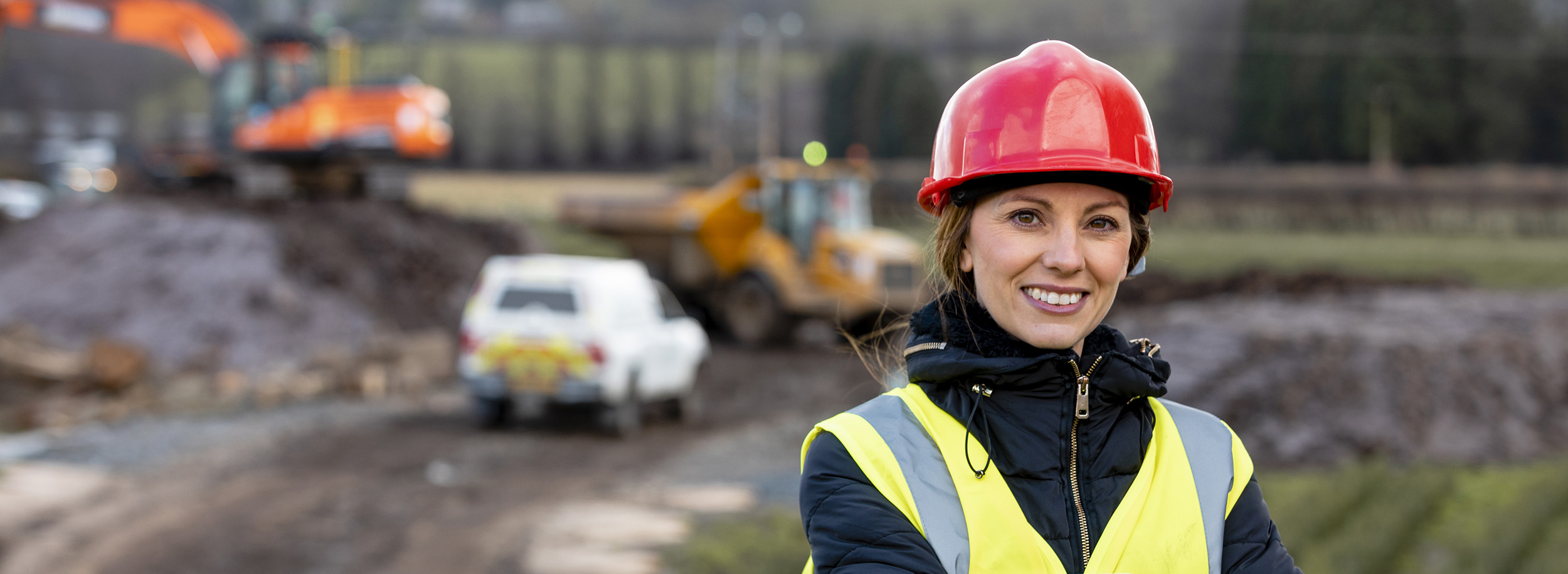When accidents occur, the parties the accident ultimately affects are primarily concerned about the health and well-being of the potential injured. At this time, evidence and documentation are required for a complete analysis, and rapid responder services are crucial.
Corporations and risk departments of service and manufacturing companies have been instituting rapid responder teams. These teams adopt a proactive approach to collecting, examining, documenting, and analyzing accidents shortly after they happen. This strengthens their position and ensures that they have all the facts in the event of litigation.
Shortly after accidents happen, evidence preservation starts to deteriorate in what most experts refer to as the four “P's” of fragility.
- People
Witness statements and the account of the accident quickly fade as memories have a hard time recalling exact facts. - Positions
The physical location of people and parts before, during, and after the accident. This is crucial for forensic analysis because many engineering equations require positions. - Parts
Visible, tangible pieces that may influence the accident. An example would be a piece of construction equipment that fell, injuring a person. This equipment would be important to maintain for analysis and other parts used in its operation. CED can arrive to the scene shortly after the accident happened, and our engineer would be able to determine that a rock was used to stabilize the equipment, bypassing the safety instructions resulting in a quick analysis of negligence. - Papers
Written records such as operating instructions, maintenance manuals and records, and training records. This information makes it easier for the engineer involved in the accident to search for hazards and warnings and to determine if the product was installed, maintained, and operating in adherence to the manufacturers or service equipment guidelines.
- People
CED’s Rapid Responder Program offers clients 24/7 access to engineering expertise on a case-by-case basis—eliminating the need for full-time retention. When an accident occurs, a company’s risk department or legal counsel contacts CED’s Rapid Responder line to report the incident. A CED engineer is immediately dispatched, and the research team begins gathering relevant equipment information en route.
Upon arrival, the engineer will secure the scene (if not already done by emergency responders) and begin documenting with photos, videos, and measurements. An environmental survey is conducted to assess weather conditions, followed by a detailed evaluation of the equipment involved.
The goal is to preserve the equipment in its post-accident state. If necessary, the engineer will recommend whether the equipment should be retained as evidence or cleared for continued use, particularly if operator error is suspected as the cause.
